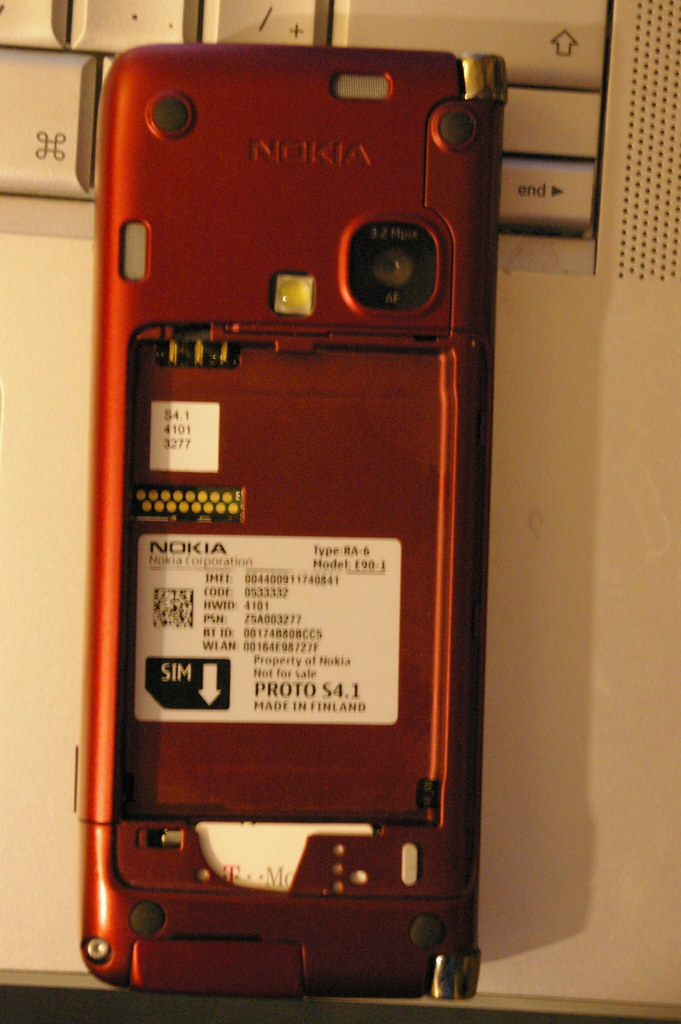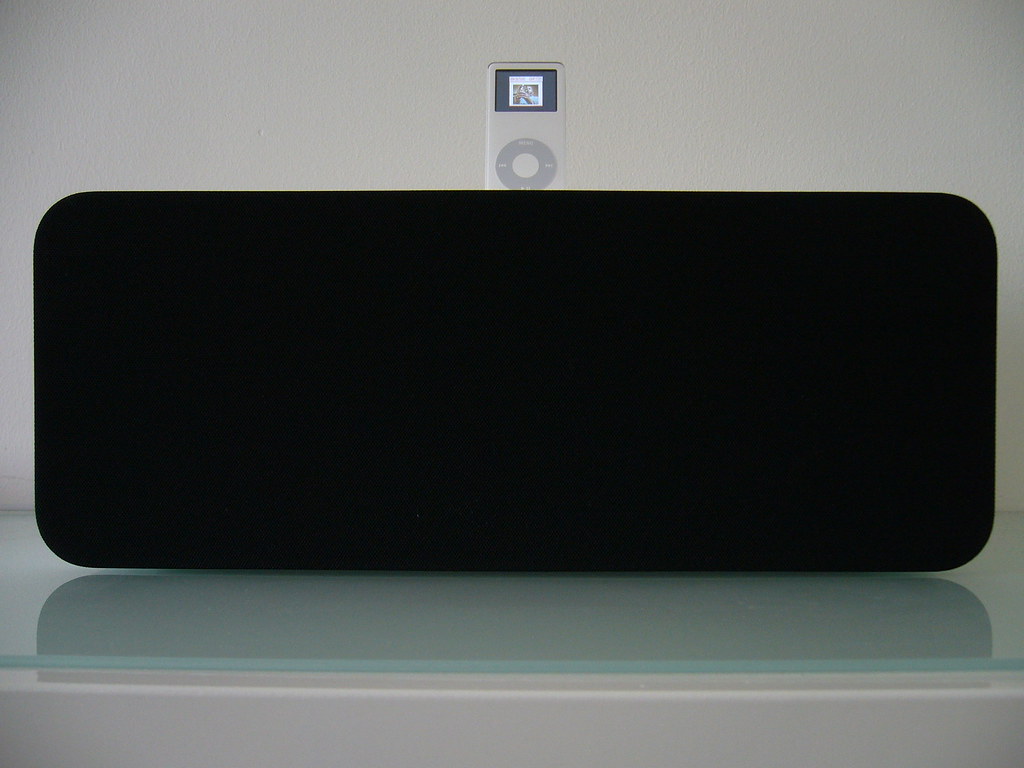Anti-Piracy Lawyer Wants Domain Registrars to Silence Critics – interesting approach to the takedown to use domain registrars as a reputation management tool. Governments occasionally take this approach when dealing with websites based overseas, but its rare for a non-state organisation to try and manipulate domain registrars like this. It will be interesting if boutique shops like Consulum or San Frontieres start using domain registrars in this way.
Android Fragmentation Report August 2014 – OpenSignal – looking at this gives an idea of the kind of challenges devs face
WPP shares rise as profits come in ahead of forecast | City A.M. – as usual Sorrell’s business forecasts are more interesting than the results.
The fashion case for mobile phone covers – FT.com – Keely Warwick, contemporary accessories buyer at Selfridges, which has increased its investment in phone and tablet cases by 30 per cent for autumn/winter 2014, says tech accessories are one of the store’s “most rapidly expanding categories” – are cellphone cases the new affordable luxury alongside make up and perfume? Back when I worked on the Palm V there was also luxury cases back then: Jean-Paul Gaultier, Mulberry, Coach et al (paywall)
The Rise and Fall and Rise of Virtual Reality (The Verge) – this feels more like a Wired magazine piece than a Verge piece, interesting nonetheless
Behind Bold Designs, A Thin Skin: Zaha Hadid Sues Publisher For Defamation | Co.Design – this could be the architectural PR home goal equivalent of the McLibel trial
The story behind the shrinking ranks of Goldman partners – Quartz – shrinking partners as it tries to cut its cloth to suit the new size of banking
Kay Tye, Maryam Shanechi, and Other Pioneering Young Technologists | MIT Technology Review – its a shame that there isn’t great industrial designers in the group, but some great technologies
Facebook Assault on Google’s DoubleClick Coming This Fall – The Information – (paywall)
Adult Women Now Make Up Half of All Gamers, Outnumber Boys Under 18 Years Old – Gamers gonna game. – which moves gaming back to where it was when Atari made consoles. I wonder if the proportion of men over 30 playing games is still as high as it was
Tony Alva Interview / Slam City Skates Blog – interview with one of the pioneers of skateboarding
Smart wristbands gaining traction for site-specific payments and passes | JWT Intelligence – Disney showed the way, though it could be considered to be an evolution of the likes of Octopus and Oyster cards
Jolla boss says mobile innovation has stalled | Marketing Interactive – stalled probably isn’t the word that I would use, I would say that we’ve hit a lull in mobile innovation and that innovation in general is ‘lumpy’ More related content here.
The Internet of Things will be vulnerable for years, and no one is incentivized to fix it | VentureBeat – keep your home dumb
Chinese internet censors target collective activities more than sensitive subjects, says Harvard report | South China Morning Post – implications in this for crisis monitoring
Why John McAfee Is Paranoid About Mobile | Dark Reading – probably a reason why the US Government is now investigating stinger usage
Most smartphone users download zero apps per month – Quartz – it kind of makes sense once I find something I tend to stick with it, am sure my app downloads would be below one a month now unless something with compelling utility comes a long. But then I don’t game
Sony selfie camera pictures leaked ahead of launch | BGR – interesting idea. I know some people who have a Chanel perfume bottle shaped iPhone case so the look and feel makes sense. Would they use this alongside an iPhone though?
Amazon China to Deliver Foreign Products Directly — China Internet Watch – Amazon is less than 3% of Chinese e-tailing
Promiscuous media: News needs to go where the people are, not the other way around – Media companies like BuzzFeed, NowThis News and Fusion are increasingly creating content that is designed to live on other apps and services rather than just including links to their websites. – Web 2.0 model repeated with attribution being the important thing since that will bring people in to then see advertising




